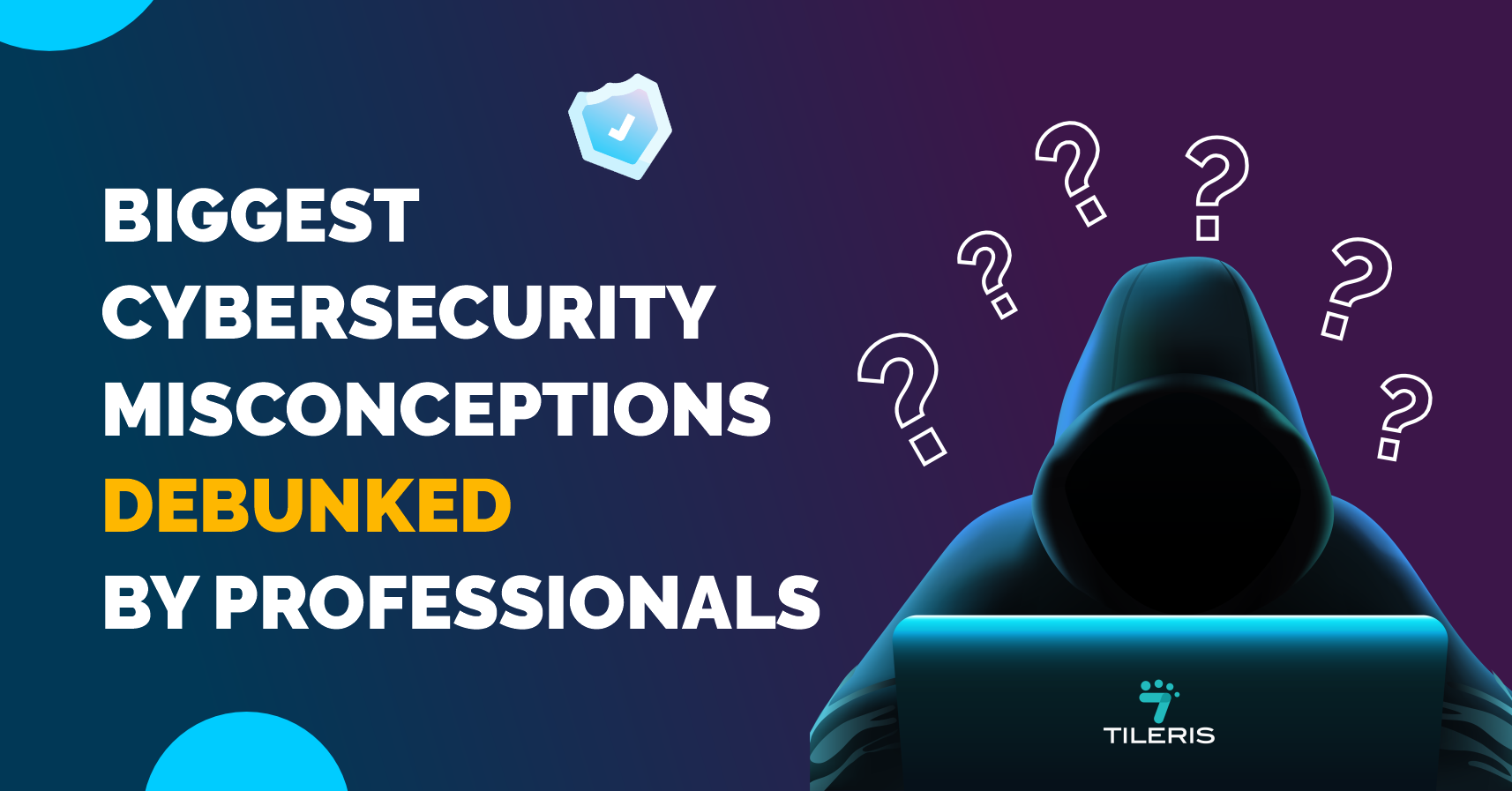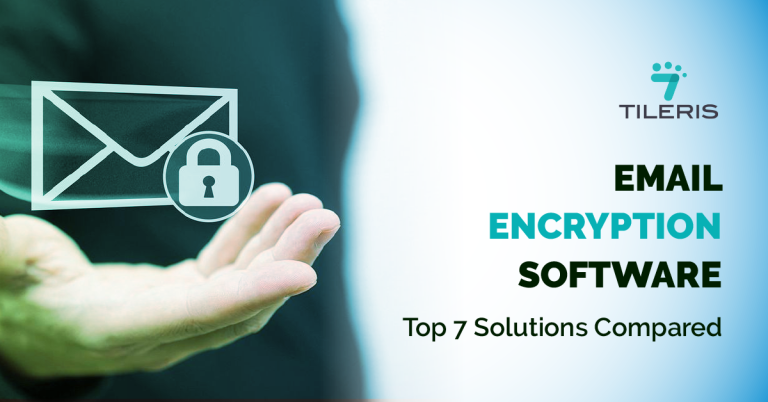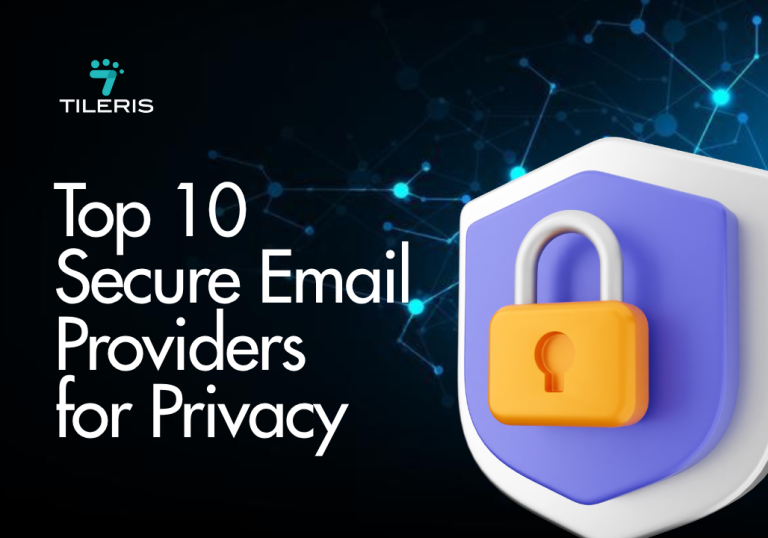Biggest Cybersecurity Misconceptions Debunked By Professionals
Introduction
In our increasingly connected lives, cybersecurity isn’t just for the tech experts anymore. It’s intertwined with everything we do, from online shopping to video calls with family. Yet, many common cybersecurity myths persist, creating dangerous blind spots for individuals and organizations alike. These widespread misconceptions can leave us wide open to attacks, making it important to separate fact from fiction.
Cybersecurity professionals, who deal with real threats every day, have a unique perspective on how these myths can lead to disaster. It’s time to debunk the most dangerous ones, giving you the real deal to protect yourself and your data.
Myth 1: “Strong Passwords Are Enough Protection”
Many believe that a long, complex password is the ultimate fortress for your. While a strong password is a good start, it’s simply not enough in today’s threat landscape. Cybercriminals have tools that can guess passwords surprisingly fast, or they might trick you into giving yours away.
Professionals emphasize the necessity of multi-factor authentication (MFA). Think of it like a second lock on your digital door,even if someone gets your password, they still need a code from your phone or a fingerprint to get in. Using a password manager also changes the game, allowing you to create unique, complex passwords for every site without having to remember them all. It’s all about a layered security approach, where multiple defenses work together.
Myth 2: “Small Businesses Aren’t Targets”
This is one of the most persistent and damaging cybersecurity myths. Many small business owners assume they’re too small to catch a hacker’s eye. The harsh reality? Small businesses are attacked frequently, often because they are perceived as easier targets with fewer defenses. According to Mastercard, cybersecurity concerns are a top threat for 60% of small business owners, yet just 23% say they are very prepared to handle a cyberattack.
Statistics show that a significant percentage of cyberattacks actually target businesses with fewer than 100 employees. Cybercriminals often prefer smaller targets because they may have weaker security, making it quicker and less risky to get in. Professionals advise that every business, regardless of size, needs to implement proportional security measures to protect valuable data.
Myth 3: “Antivirus Software Provides Complete Protection”
Antivirus software was a game-changer when it first emerged, stopping traditional malware in its tracks. However, modern threats have evolved far beyond simple viruses. Today’s attacks include sophisticated phishing scams, ransomware, and file-less malware that traditional antivirus might miss.
Cybersecurity professionals now look at endpoint detection and response (EDR) systems as a more advanced defense. These systems don’t just block known threats; they actively monitor for suspicious activity and can respond quickly to new, unknown attacks. Crucially, no technology can fully address the human element, a click on a malicious link can bypass even the best antivirus.
Myth 4: “Cybersecurity Is Purely an IT Department Responsibility”
Handing over all cybersecurity duties to the IT department is a common misconception. While IT plays a vital role in managing systems and tools, cybersecurity is truly an organization–wide concern. Every single employee, from the CEO to the newest intern, is a part of the security chain.
Human behavior significantly impacts security posture. A single employee falling for a phishing scam can compromise an entire company. Experts consistently recommend developing a strong security culture, where everyone understands their role in protecting data and feels concerned to report suspicious activity.
Myth 5: “Public Wi-Fi Is Safe If You Avoid Sensitive Activities”
This is a tempting belief: “I’ll just browse on public Wi-Fi, no banking or shopping.” But even seemingly innocent “browse” can expose your data. Public networks, like those in cafes or airports, are often unsecured, meaning cybercriminals can easily “eavesdrop” on your connection.
Professionals warn that even if you’re not doing anything “sensitive,” attackers can intercept your browse history, collect personal information, or even redirect you to fake websites. Their guidance is clear: always use a Virtual Private Network (VPN) when on public Wi-Fi. A VPN encrypts your connection, making it unreadable to snoopers and providing a secure tunnel for your activities.
Myth 6: “Regular Software Updates Aren’t Critical“
The small notification that pops up asking you to update your software often gets ignored or postponed. This seemingly minor delay is a huge security risk. Software updates aren’t just about new features; they frequently include critical security patches that fix vulnerabilities hackers could exploit.
Cybersecurity professionals emphasize that unpatched systems are prime targets for successful attacks. Many major breaches, like the WannaCry ransomware attack, exploited known vulnerabilities in outdated software. Robust patch management strategies are vital to keeping systems secure and reducing your attack surface.
Myth 7: “Cybersecurity Requires Massive Budgets”
Another common cybersecurity myth is that effective protection is only for large corporations with endless funds. While large budgets can certainly help, significant protection doesn’t always come with a massive price tag.
Many cost-effective security measures can provide substantial protection. Professionals guide organizations on prioritizing investments, focusing on high-impact areas like employee training, strong authentication, and regular backups. There are also many free and low-cost solutions that cybersecurity professionals actually recommend, such as free antivirus, open-source firewalls, and reliable password managers, proving that smart security isn’t just for the wealthy.
Myth 8: “Social Engineering Only Affects Gullible People”
This is a dangerous assumption. Social engineering, where attackers manipulate people into revealing information or performing actions, isn’t about intelligence; it’s about psychology. Sophisticated attackers use clever tactics, exploiting human emotions like urgency, fear, curiosity, or helpfulness.
Cybersecurity professionals know that anyone can fall victim to these expertly crafted cons, regardless of their background or position. Even seasoned security professionals can be caught off guard. Building human-centered defenses through continuous awareness training an keeping a healthy sense of skepticism are key strategies to combat these psychological tactics.
Myth 9: “Cloud Storage Is Inherently Less Secure”
The idea that storing data in the cloud is riskier than keeping it on your own servers is another persistent cybersecurity myth. In reality, leading cloud providers often have significantly more robust security infrastructure and expertise than most individual organizations could afford on-premises.
Professionals often compare cloud security to on-premises security and find that cloud providers invest heavily in cutting-edge defenses. The key is understanding the shared responsibility model: the cloud provider secures the cloud infrastructure, but you are responsible for securing your data in the cloud. Best practices for secure cloud adoption include strong access controls, encryption, and proper configuration to ensure your data remains protected.
Conclusion
We’ve explored some of the most critical cybersecurity myths that can undermine your defenses. From outdated beliefs about passwords to misconceptions about who is a target or how much security costs, these insights from professionals are vital for staying safe.
Staying informed through reliable professional sources is paramount in this ever-evolving digital world. The landscape of threats changes rapidly, and what was true yesterday might not be true today. It’s time to reassess your approach, discard these dangerous myths, and build a stronger, more informed defense for yourself and your organization. Your digital safety depends on it.
Ready to strengthen your defenses? Don’t let cybersecurity myths leave you exposed. Take the first step towards a truly secure future. Request a free consultation with our cybersecurity professionals today. We’ll help you assess your unique risks and show you how to build a robust defense tailored to your needs.







